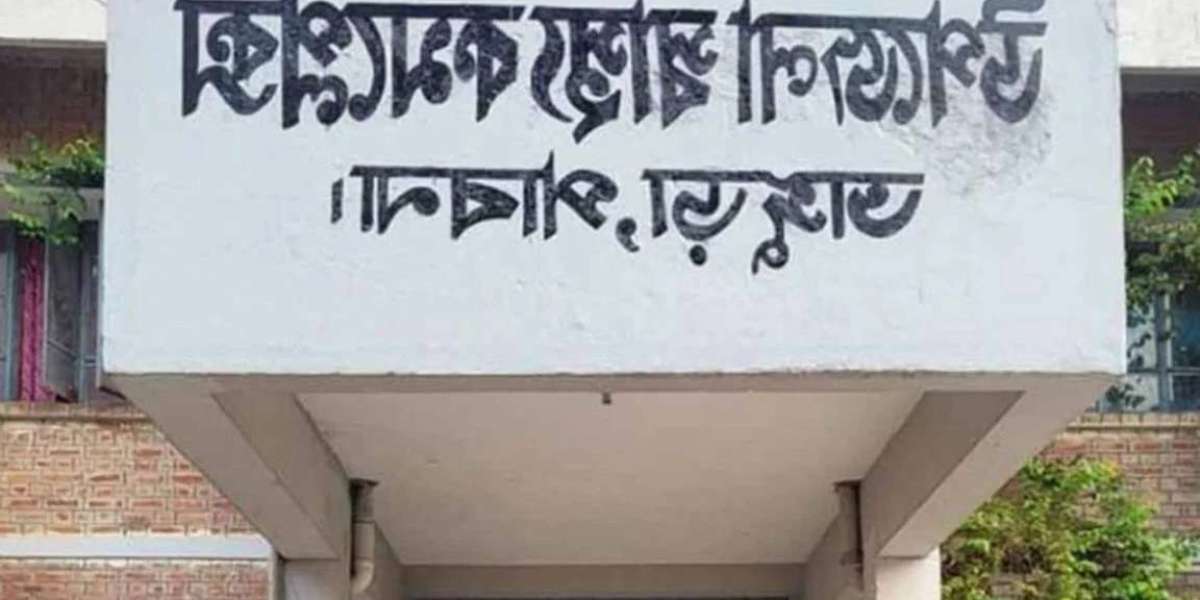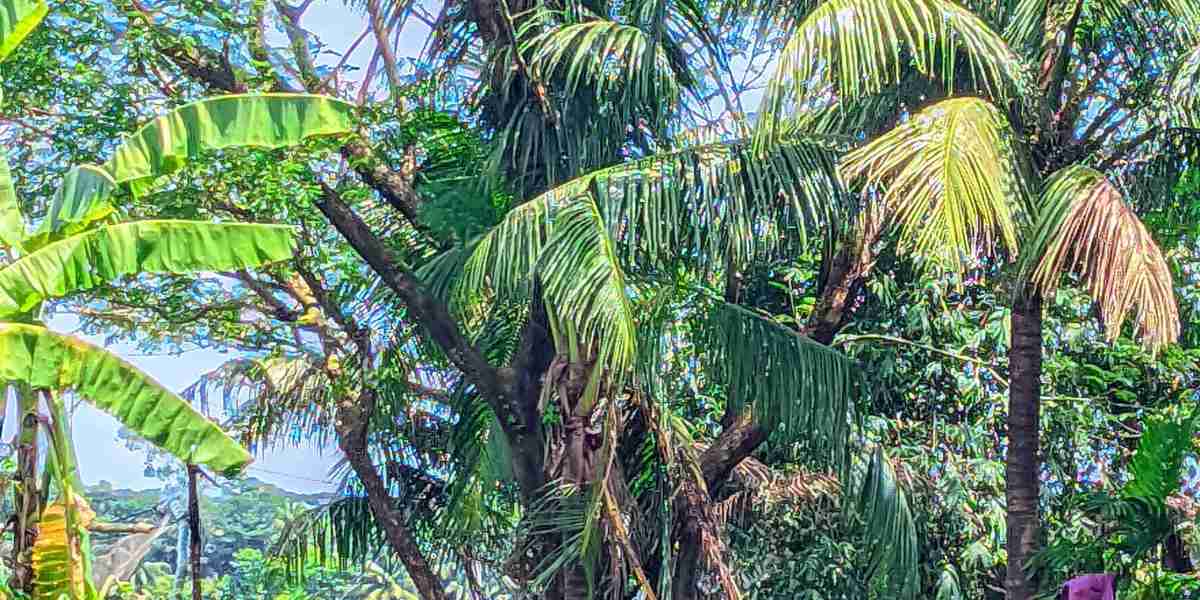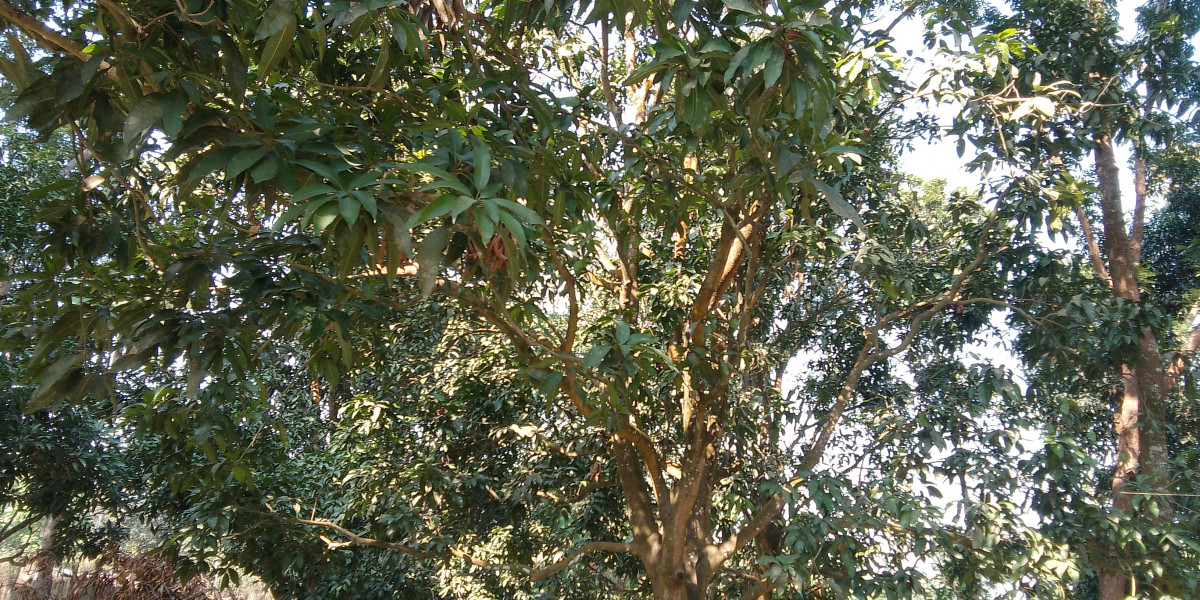Rumors of Christendom in South Asia
September 27, 20247 Mins Read
Dr. Md. Mizanur Rahman: The discussion about a Christian state in South Asia was there from the time the British left the Indian subcontinent. That plan was falsified at the time, but over the past few decades, the buzz has started again. Myanmar's ongoing civil war; The talks have gained new momentum with the ex-Prime Minister of Bangladesh speaking a few months ago about the emergence of ultra-harmonious Bangladesh from India's monopoly and the spread of conflict in India's eastern state of Manipur and its neighboring states. The Seven Sisters of India, the Chin Province of Myanmar and the entire Chittagong Hill Tracts of Bangladesh are being associated with this so-called Christian state. In this context, we would like to see what is the possibility of a Christian state in this region and if so, what impact it may have on the economy and geopolitics of Bangladesh.
South Asia
The geographical and economic importance of the Chittagong Hill
Tracts is linked to the existence of Bangladesh. The total area of the Chittagong Hill Tracts is 13,148 square kilometers (km), which is one-tenth of the total land area of densely populated Bangladesh. The Chittagong Hill Tracts are located at the confluence of South and Southeast Asia and at the entrance to the Indian Ocean, a few kilometers from the coast of the Bay of Bengal. Mizoram, Manipur, Nagaland, Assam and Myanmar's Arakan, Shan, Kachin and Chin provinces are located along the borders of this region. The conglomerate shape of the Chittagong Hill Tracts, being several times greater in length than width, and including the Chittagong Hill Tracts, the Chittagong-Cox's Bazar region is a projected terrane that is weakly connected to the larger land mass of Bangladesh. 30 km from Rangamati. Chittagong is the main seaport of the country and 50 km from Kaptai. Far away is the deep sea beginning of the open waters of the Bay of Bengal.
The region is essential for the resettlement of Bangladesh's increasingly large population. In terms of natural resources, this region has great potential for the country's economy. The country's largest and richest forest area, hydropower generation potential, fruit growing areas and untapped mineral resources potential make Chittagong Hill Tracts a highly desirable region for Bangladesh. The navigation of the Chittagong port located on the banks of the Karnaphuli river passing through this region and the electricity supply to the neighboring districts including ports, factories and cities of Chittagong are dependent on this Karnaphuli river. Apart from that, Cox's Bazar and Chittagong districts are completely dependent on the rivers like Karnaphuli, Sangu, Matamuhuri, Haldia etc. flowing from the Chittagong Hill Tracts for water transportation and agricultural irrigation. In this way, it can be seen that the life and livelihood of nearly 100 million people of the entire Chittagong and Cox's Bazar districts and the existence of Bangladesh's main seaport and one of the sources of electricity supply are related to the Chittagong Hill Tracts.
This region has given strategic security and economic importance to the Chittagong region, which is the main seaport and the second largest metropolis of Bangladesh and has a population of about 100 million. As almost all the rivers of Chittagong flow over the Chittagong Hill Tracts, the isolation of this region will completely disrupt the water supply of the agricultural land of the greater Chittagong region, maritime communication, the navigability of the Chittagong seaport and the existence of hydropower supplied from Kaptai. After all, about 900,000 Bengali-speaking poor and middle-class people living in the Chittagong Hill Tracts live in this district.
Geopolitical importance of Chittagong Hill
Tracts Many international groups, including India, China, USA, EU, are turning their noses up at the internal affairs of Chittagong Hill Tracts to create a sphere of influence in the Indian Ocean and surrounding areas. States like Japan and Australia also have precedents for interfering in Chittagong Hill Tracts. In the context of the recent world 'World Mongolian' or 'World Buddhist Revival', Japan has been reported to be providing financial support to the rebels in the Chittagong Hill Tracts as part of their efforts to establish influence in the Indian Ocean and Southeast Asia. But India is the most active of the foreign interventionist powers. India's strong role in harboring Chakma separatists in Tripura, mobilizing them, training them, supplying arms and supporting them in international forums is not unknown.
The possibility of China's support behind the separatists of the Chittagong Hill Tracts cannot be ruled out. A desire to form a larger confederal state can be seen among the Mongolian people of the Chittagong Hill Tracts, northeastern India, and northern and northwestern Myanmar. Many of the rebels in these regions are pro-Maoist communists. As a result, it would not be surprising if China helps these guerrilla groups by consolidating and mobilizing them to create its own sphere of influence in the region.
Christian State in the Chittagong Hill Tracts
Before leaving the Indian subcontinent, the British were thinking of forming a 'Crown Colony' of the Chittagong Hill Tracts, the hilly areas of northeastern India and the neighboring hilly areas of Myanmar, which would be directly ruled by the British. This plan goes awry almost before being implemented. But after all these years, it is not surprising if this plan is secretly revived. If a Christian-majority buffer state can be formed in the region, the US and the EU will have easier access to South and Southeast Asia, bypassing potential future superpowers such as India and China, and will be able to maintain a tighter control over the entire South and Southeast Asia.
The largest population of the world today is Christianity. However, a state called East Timor of Christians has been formed in the last few years in the whole of Asia. 97 percent of the people of that country are Catholic Christians. In any South Asian country, the number of people of Christian faith is not even 10 percent. In terms of population, in this vast circle of about two lakh square kilometers, only four states like Kerala have 18 percent, Nagaland 88 percent, Mizoram 87 percent and Meghalaya 75 percent Christian population. The nearest township is Chin Estate in Myanmar, where the Christian population is 96 percent.
According to the 2022 census of Bangladesh, Christians are 3.26 percent in the three hill districts. However, in Bandarban alone, Christians are 9.78 percent. Although the Christian population as a percentage of the population is still not high, there are hundreds of NGOs and Christian missionary organizations active in the region, who are playing a direct and indirect role in the Christianization of the Chittagong Hill Tracts. Meanwhile, 30 percent of the Chakmads, 50 percent of the Marmads and 70 percent of the Tripuras have converted to Christianity in the Chittagong Hill Tracts. Almost 100 percent members of some small tribal groups like Pankho, Lusai, Murong, Chak have converted to Christianity. These NGOs and missionaries are engaged in anti-Bangladesh campaign.
Prospects of Christian States in Other States in the Region
Four states in South Asia have experienced Christian politicians running states. However, these towns are quite small in size and population. Apart from this, if Manipur and Arunachal are also drawn together due to their significant Christian population (41 and 30 percent), then a circle of about two lakh square kilometers is formed. Such trends in the demographics of such a large area that are close to each other under different names are definitely noticeable. Due to the presence of about 10 percent Christians in Mizoram and Bandarban, Bangladesh, bordering China, the matter has become a matter of attention in Dhaka as well. It is true that some states have a majority of followers of Christianity but this population is so small compared to the respective states that these states cannot influence the policy decisions of the central government of that country. However, the buzz of the Christian kingdom in the region is not only due to the increase in the number of these believers but also because of the large-scale unarmed and armed movements and struggles for various demands in many areas of these kingdoms. In some places the pattern of armed struggle is extensive and deep, in others it is mild but not to be ignored.
Myanmar's civil war of the past few years has been the most active among the well-organized guerrilla fighters in the Karen region of the southeast, the Kachin region of the north and the Chin region of the west, many of whom are Christians. It is assumed that if the pro-democracy armed struggle in the central region of the country is victorious, the peripheral areas will enjoy increased autonomy. From this autonomy can take the form of an independent state. Again, the struggle of pro-democracy is prolonged uncertainly, but the guerrillas can try to transform these three regions into a Christian state. However, the people of the hilly valleys of this region say that they prefer economic-cultural-sovereignty more than religion. But according to mainstream politicians, what they want is essentially a Christian state, not cultural, economic autonomy.
Chhatra League should question why I was given the post: DU camp secretary
The question of the Christian state of Bangladesh
is a regional issue in which India, Myanmar and Bangladesh are directly involved. China, a country with a large Buddhist religious population, is also naturally concerned about the issue. The possibility of support and involvement of the world's large Christian population and Western superpowers cannot be ruled out. In that case there is little to be done based on the strength of Bangladesh alone. However, the Bangladesh government can play a preventive role to protect the integrity of its Chittagong Hill Tracts. For example, the hills can take measures to maintain communal harmony by removing all discrimination against the hill tribes. It can distinguish the legitimate grievances and demands of hill tribes and take proper action on them. In this regard, Article 23(a) of the Fifteenth Amendment of the Bangladesh Constitution states, "The State shall take measures to preserve, develop and develop the unique characteristics of regional culture and heritage of various tribes, small ethnic groups, ethnic groups and communities." Although development activities in the hilly areas have already increased, it can be increased further. Different ethnic groups should be allowed to continue their own social and cultural activities. There is no relaxation of military defenses until the hill rebels surrender completely as per the peace agreement. Moreover, we need to gain awareness and proper knowledge about the conspiracy against the integrity and sovereignty of Bangladesh surrounding the Chittagong Hill Tracts. Above all, the regional and international activities against the conspiracy to create a Christian state should play a role.



















































